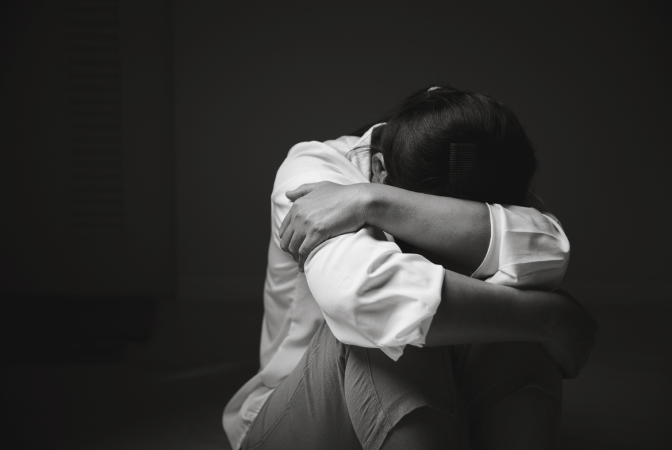
The juvenile detention centers in Illinois rehabilitate and guide young individuals toward a better future. Detention centers are instituted to support and reform the detained youth. The centers are meant to promote positive outcomes in juveniles. However, there are many emerging reports of sexual abuse in these facilities in Illinois. Unfortunately, it is largely a disturbing reality.
Understanding and recognizing the signs of abuse is important to safeguard the vulnerable segment in these environments. Illinois juvenile detention center sexual abuse lawsuits highlight the systemic failures in protecting vulnerable youth.
A majority of the abuse victims do not come forward or raise voices to convey the incident. Although often overlooked or misinterpreted, physical signs are the most visible signs of sexual abuse. Common physical symptoms include:
Unexplained Injuries: Bruises, scratches, or other injuries around sensitive or private areas.
Difficulty Walking or Sitting: Physical trauma resulting in movement difficulty due to abuse.
Frequent Medical Complaints: Recurrent infections such as urinary tract infections (UTIs) or sexually transmitted infections (STIs).
Sudden Changes in Hygiene Habits: Extreme behaviors such as excessive cleanliness or neglect of hygiene indicate underlying emotional distress.
Adult supervisors, medical professionals, and caregivers must take these indicators seriously and investigate them with sensitivity and urgency, as it may help them catch the perpetrators.
Abuse often manifests as noticeable behavioral changes. These changes may be observed as:
Withdrawal or Isolation: Sudden or slow withdrawal of interactions from peers or staff.
Aggressive or Defiant Behavior: Anger, outbursts, tantrums, or violence stemming from repressed anger or unresolved trauma.
Fear of Specific Individuals: Being afraid or fearful of certain individuals or groups could indicate abuse.
Regression: Re-emergence of certain behaviors like bedwetting or an unusual attachment to objects.
It is important to empathetically address these behaviors by the staff and advocates. Punitive measures should be avoided. The child should be reassured. They should be assured that they are taken seriously and that they are not to be blamed. The child should also be reassured that punitive measures will be initiated against the wrongdoer.
Emotional trauma due to abuse can run deeper than physical ones. They take longer to heal and sometimes do not heal at all. Some of the signs to watch out for include:
Depression or Anxiety: Trauma can be expressed through persistent sadness or excessive worry.
Self-Harm or Suicidal Thoughts: Expressing intention of self-harm through verbal and nonverbal cues such as cutting or frequent discussions about self-harm.
Difficulty Trusting Others: Difficulty forming and keeping relationships suggests trust issues.
Nightmares or Sleep Disturbances: Sleep issues due to reliving traumatic experiences.
Mental health support and care can help overcome these issues. It takes time to overcome them; therefore, constant reassurance, positive reinforcement, and encouragement would be an added boost and help them recover and heal.
Systemic changes can ensure that such incidents do not occur. These include:
Fear of Retaliation: As victims are dependent on the facilities, they are at a disadvantage as they fear blowback from the abusers.
Lack of Trusted Advocates: Nonjudgmental and unbiased support from adults.
Stigma and Shame: The shame surrounding the incident prevents victims from coming out.
Anonymity and reporting systems will empower the victims to an extent to share their experiences without fear.
The following measures can help reduce the incidents of sexual abuse in juvenile detention centers:
Staff Training: Training and educating staff to identify abuse and about appropriate interventional methods.
Regular Audits: Regular auditing to identify potential risks.
Accessible Reporting Mechanisms: Safety and anonymity in reporting abuse.
Strict Screening Processes: Strict background checks before hiring staff to prevent predators from getting jobs there.